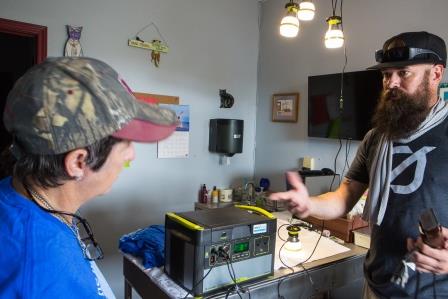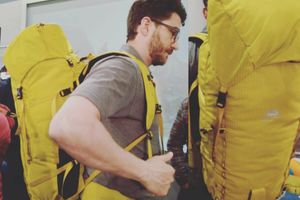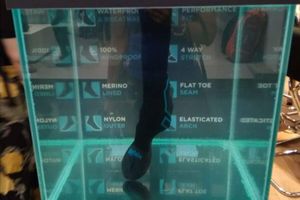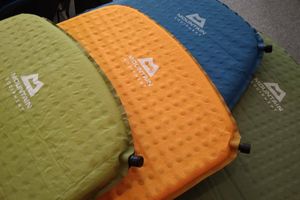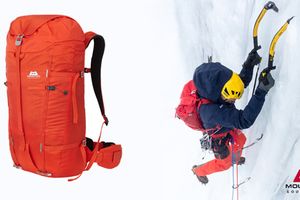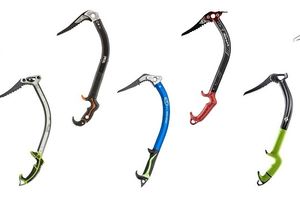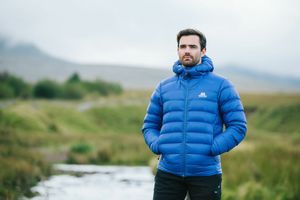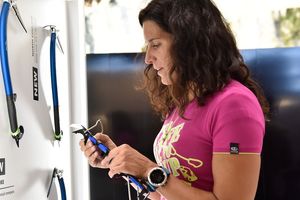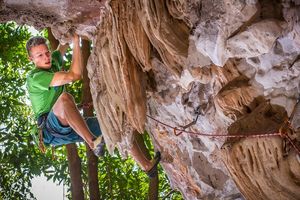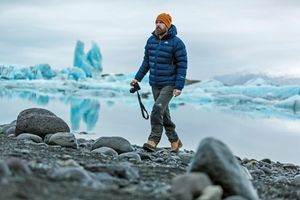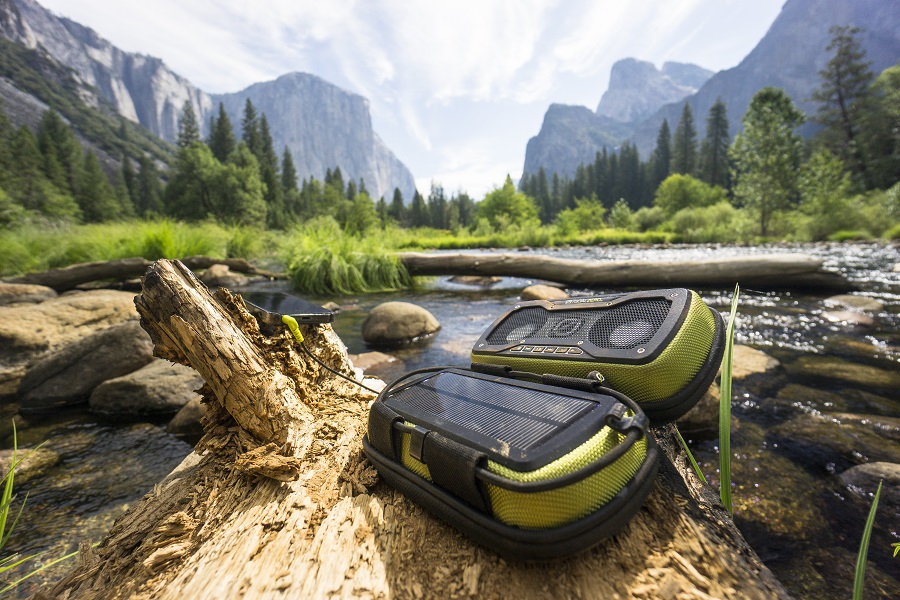
SOLAR LIFE: BEST OF 2017
The close of each year gives us the chance to reflect on what has been experienced, accomplished, innovated, and learned over the last 12 months. From launching our Yeti Lithium line to lending a hand when natural disasters struck to supporting our ambassadors’ adventures and embarking on a few of our own, 2017 was busy to say the least. For those who have been there with us since the start, we can’t thank you enough for your continued support. And for those who have joined our Goal Zero community along the way, we’re thrilled to have you. Before we power into 2018, take a look at some of our favorite stories and memorable milestones from 2017.
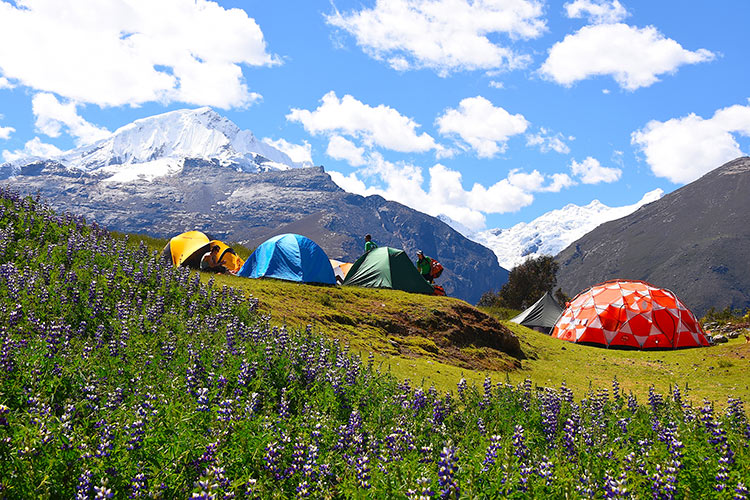
Peru: The Joyineer | By The Goal Zero Team and Mike Libecki
Rain taps on the roof of the tent as Goal Zero ambassador Lilliana Libecki plucks away on her mandolin, huddled together with a small crew of family members at the base of a mountain. A string of Light-A-Life Lights illuminates the faces of these adventurous souls who will soon be climbing Ishinca, a peak that tops out at just over 18,000 feet and rests in the Cordillera Blanca mountain range in the Peruvian Andes.
The prospect of summiting a stunning mountain is a source of great joy for the 14-year-old explorer, but it is not the only thing that brought Lilliana to this corner of the world. Just a few days prior, she and her father, fellow Goal Zero ambassador and National Geographic Explorer Mike Libecki, teamed up with Goal Zero employees, Dell, and Human Outreach Project to work on a humanitarian project in the Peruvian town of Pashpa.
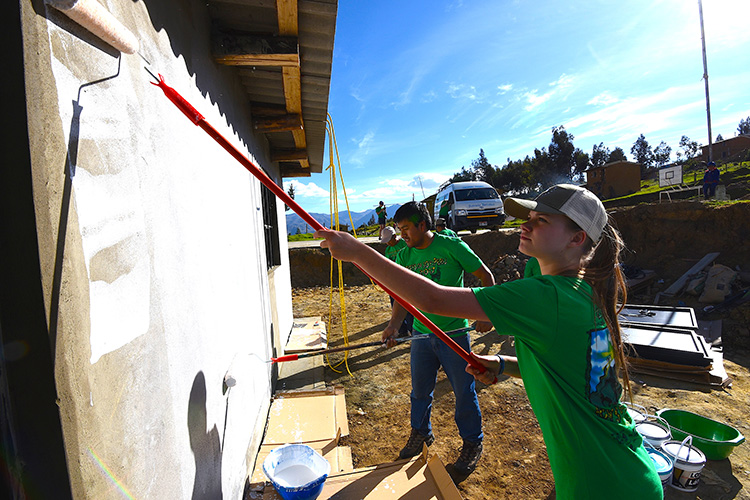
Every year Goal Zero strives to empower human potential by installing solar power in different communities across the globe. In Pashpa, the mission was to set up a computer lab within the community that would allow kids to study and develop important technological skills for years to come. To ensure that the space is never devoid of sustainable, reliable power, the team installed nine Boulder 90 solar panels on the roof and supplied it with two Yeti 1250 portable power stations, 10 Light-A-Life 350 lights, and 20 brand new Dell laptop computers.
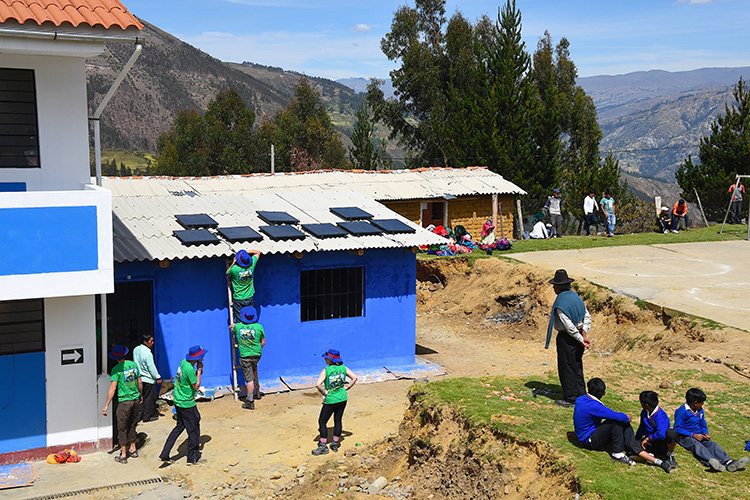
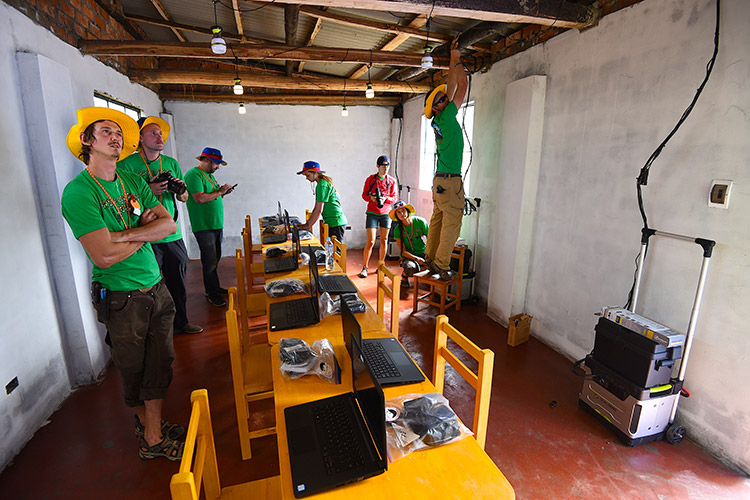

“The reason why I do these humanitarian expeditions is to bring joy to others. That’s why I’m calling what we’re doing here, Joyineering,” says Lilliana.
Pedals to Peaks | By Brody Leven, Photos by Joey Schusler
There was barely any snow in Tromso, Norway when the plane abandoned us with 200 pounds of gear. It mistakenly carried the other 200 pounds as it continued north…to the North Pole. A few days later, we rolled our gear-laden bicycles onto the seven-story Hurtigruten MS Kong Harald and sailed south overnight, skipping the terrain we had wanted to bike and ski in order to acclimate to our setups and surroundings. Instead, we’d waited for delayed luggage to arrive, rode to a ferry, and watched the landscape sail past in the early-morning sunrise as our unfamiliar bicycles waited below deck.
There was a little snow on the summits, but it didn’t look like winter, in the town of Harstad as we stepped out of the elevator rising from the vehicle storage beneath sea level, where we’d retrieved our bicycles. We pedaled them, wobbly beneath hundreds of pounds of gear, in search of better – any, really – snow. We expected to find it within a few hours.
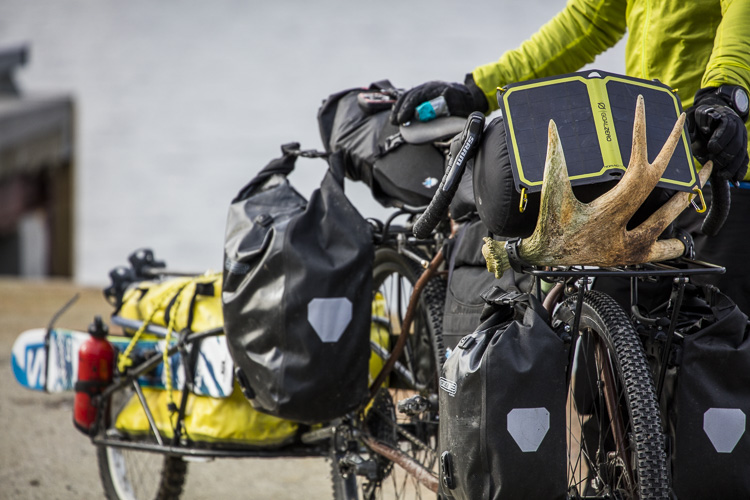
Adventure cinematographer Joey Schusler, photographer Kate Miller, and I were pedaling the length of Norway’s Lofoten, an archipelago entirely above the Arctic Circle. Our bicycles were customized to carry ski, bike, film, photography, cooking, production, and winter camping gear. Our fitness was not.
As we slowly crept through the chain of islands, snow was minimal and rarely stretched from summits to the peninsula’s only road, snaking between the coastline on one side and toothy peaks on the other. Folks had told us that our only problem with this trip –aside from its presumed absurd difficulty – would be too much snow. But it wasn’t anything like last year. Instead, we found ourselves setting up our tent on dry ground for five days, still having not skied. I’d asked Joey and Kt to join me on a bike-and-ski trip, a “pedal to peaks”. It was quickly turning into a “pedal to…pedal”.
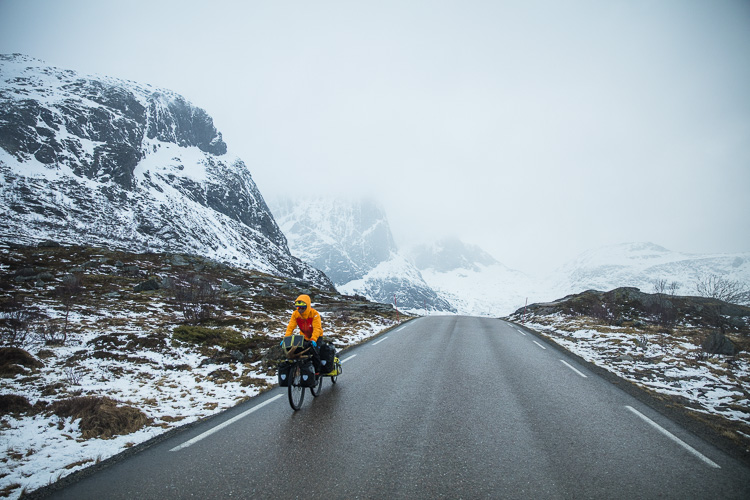
It became too much for Kate, and she left after nearly one week of pedaling. Joey and I continued south, determined to contrive what skiing we could. As we neared our destination – the end of the archipelago – we realized that we were, quite simply, traveling too late in the low-snow season. We sit beside our bicycles and stared into the island-riddled ocean, wearing t-shirts in front of grassy mountains while our skis remained lonely.
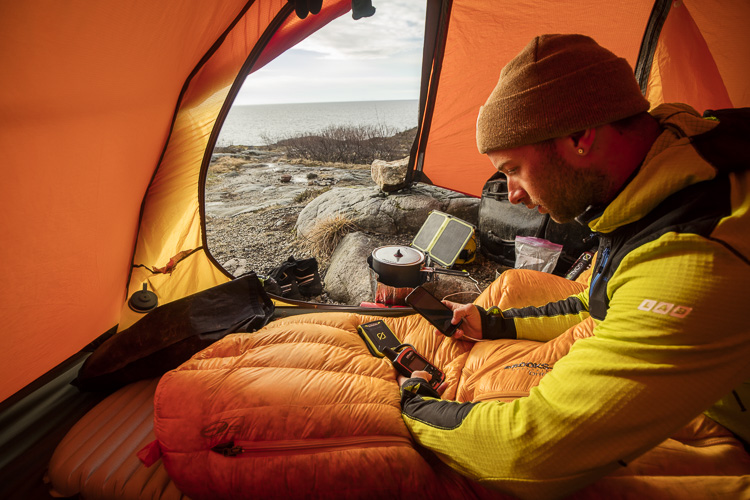
We turned around and started pedaling back, this time with a different eye for what we considered ski-worthy. We skied each of the following days. A side road led to a snowy cirque. An hour of walking on dirt took us to snowline on a mountain on the ocean’s edge.
Was it a failure? Does five days of skiing and two weeks of biking mean that it’s not even a ski trip? Do hours spent staring at maps and trying to find mountainous aspects that might hold sufficient snow indicate a poorly planned trip?
Watch the film and decide for yourself.
Yeti 400 and 1400 Lithium | By The Goal Zero Team
Whether you’re going off the grid or preparing for a black out, the Goal Zero Yeti 400 Lithium is designed to be an efficient, portable power house. When paired with a Goal Zero Solar Panel, it makes for a sustainable on-the-go power solution.
Its larger sibling, the Yeti 1400 Lithium, is our most versatile power station to date and features a patent-pending inverter design that allows greater compatibility with more devices. From phones to fridges, power tools to laptops, the Yeti 1400 Lithium can get the job done both indoors and out.
Hear on the tech video what makes these new Goal Zero Yeti Lithium Portable Power Stations some of the most innovative products our engineering team has ever developed.
The Busby Hive | By Mollie Busby
After living in a 30-foot off-the-grid yurt for two years, the first question we get asked in regards to our tiny home is, “Why would you choose to downgrade?” Sure, I can see it from that perspective: when you’re talking about conventional living spaces, moving from 700 to 420 square feet seems like a downgrade in today’s larger than life society. But when you’re talking about off grid living, moving into a tiny house made logical sense.
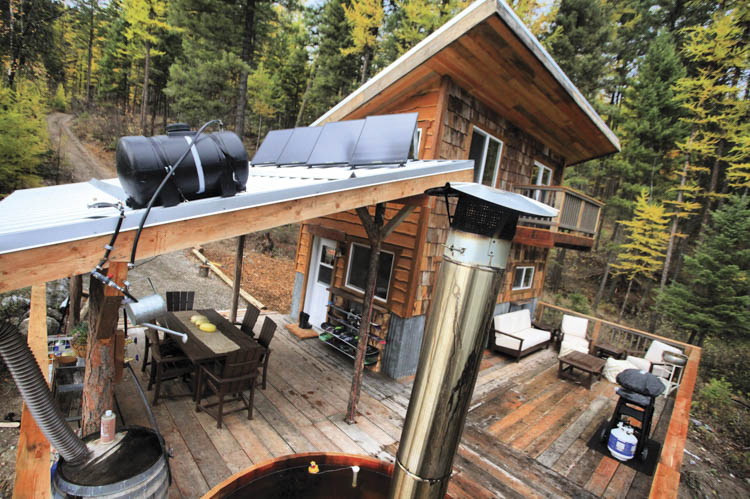
Living off the grid is just like being on the grid, except you have to pre-plan EVERYTHING because the entire house is relying on you to function. We plan when to heat the house, how much firewood to cut, making sure the snowmobile starts to get up anddown our mountain road, how much water to haul up, how much earlier to wake up to get it all done, and the list goes on–just to survive for one day.
One thing stayed consistent: four Goal Zero 90 watt panels serve all of our electricity needs. These panels then feed into Goal Zero Yeti 1250 Portable Power Stations and a battery bank and the power is then distributed throughout the tiny house. We also have a solar hot water shower mounted on the patio roof – simply a water tank painted black to absorb the sun’s heat in the summer.
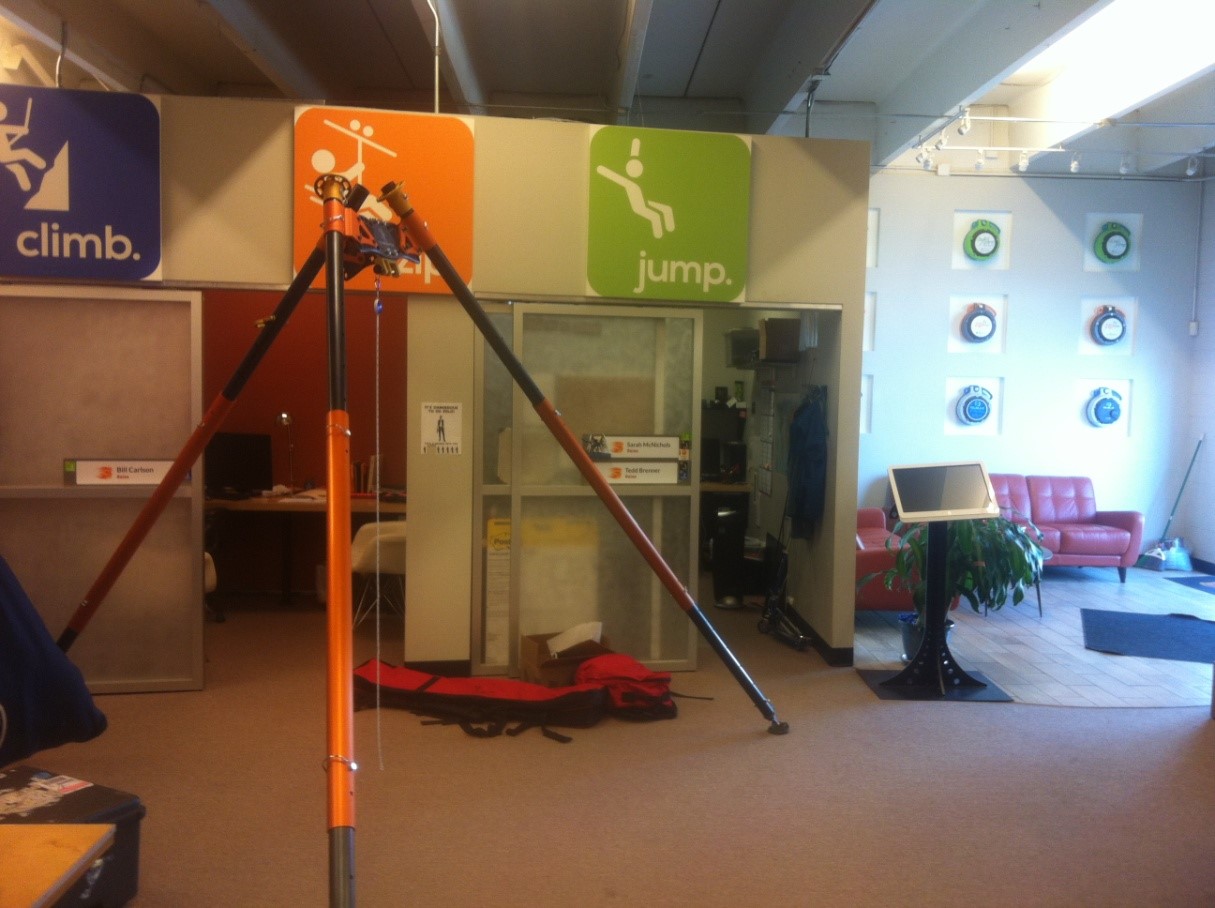
Our patio furniture by Polywood® is made from 90% plastic from post-consumer bottle waste, such as milk and detergent bottles. We use an Aqua2use® greywater system, which captures, pre-filters, diverts and recycles our rainwater shower water to be used for watering non-edible, subsurface roots of plants and trees in the garden.
Solar power operates our SundanzerTM D.C. powered chest fridge where we used velcro to attach a chop block to the top for more counter space. A solar-powered LED bulb sits in an old chicken egg wire basket serving as our kitchen light. Propane gas lights are sprinkled throughout the house for those many days of winter darkness when solar power isn’t available – to no fault of the system.
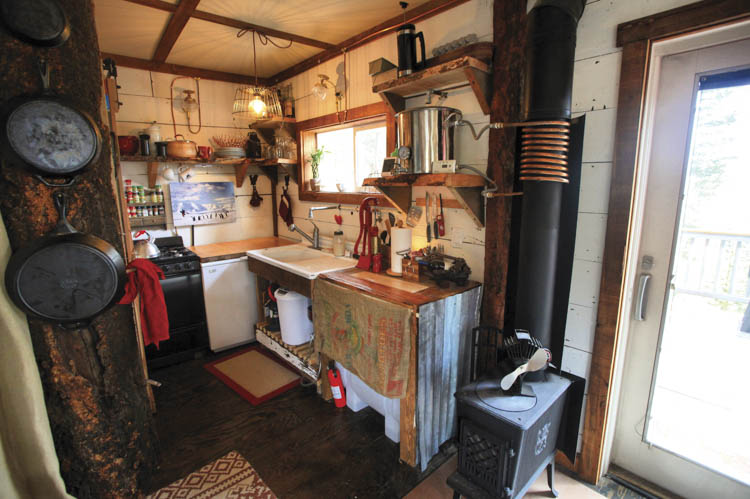
Each time we translated an off grid system from the yurt into the tiny house, our goal was to have the house work smarter, not harder, to support our needs for years to come. Although it seems tiny by today’s standards, our little house packs a mighty punch of upgrades for our mountain homestead.
Share the Sun: Partners for Emergency Relief | By The Goal Zero Team
We exist to empower human potential. The summer and fall of 2017 brought unprecedented events across the world; natural disasters of devastating proportion affected friends, family, colleagues, and neighbors. And in these times of need humanity shines brighter than ever, the outpouring of support we receive on a daily basis is astounding and inspiring. With the help of communities across the world, gracious businesses, dedicated organizations, and our hard-working employees, we have been fortunate enough to send out over $4M in Goal Zero product to those in need.
Here are just a few of those stories.
Texas Strong
“I found the best of people working hand in hand with determined smiles on their faces. This wasn’t a catastrophe to them. It was a challenge.” – Evan Price, Goal Zero Engineer.
Our work in Texas after Hurricane Harvey was made possible by our sister company Reliant Energy; both of us proud NRG companies. We sent nine employees from our office to rendezvous with scores of Texas-based NRG employees to hand out much-needed power and lighting products.
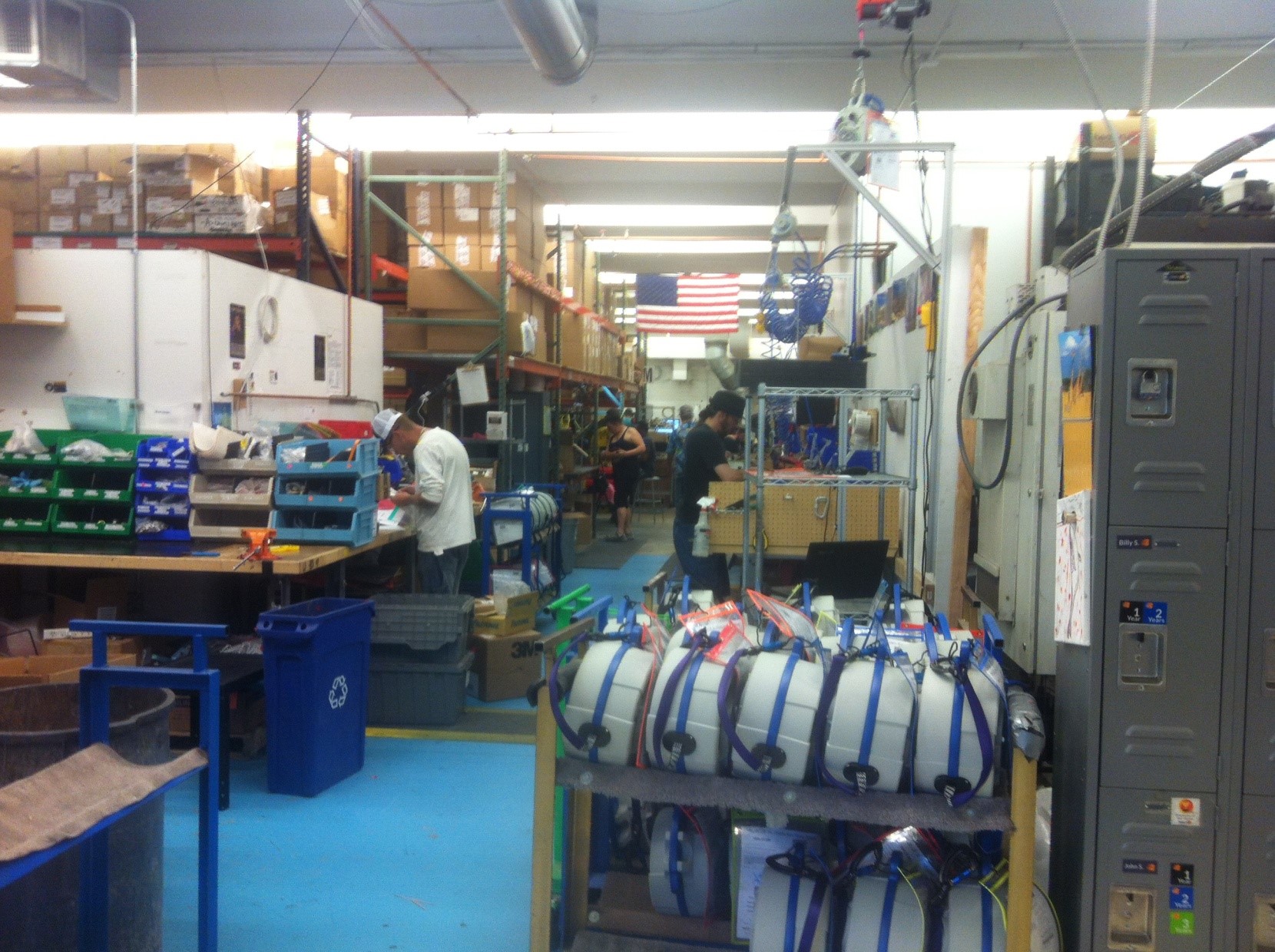
Light Up Puerto Rico with TIFIETorches
The internet has truly changed the way we communicate and share stories; it has also revolutionized the way people can donate to a worthy cause. Light Up Puerto Rico was started by Jorge and Carilu Alvarado who left their home in Puerto Rico to live in Utah just over one year ago. After Hurricanes Irma and Maria, the couple knew they needed to do something. Light Up Puerto Rico was born and through donations made to their YouCaring page, they have raised more than $225,000. The Alvarados have been working with Goal Zero through TIFIE Humanitarian, to obtain power and lights that will be paired with Barebones living structures for those on the island.
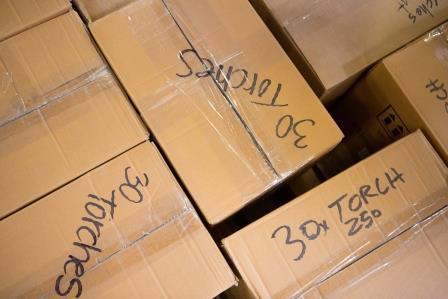
Industry Partners for Mexico
We are so grateful to be part of an industry that can band together in times of need. After the disastrous earthquakes in Mexico, we partnered with a local Utah company and outdoor industry partner Petzl to send power and lights to the region.
